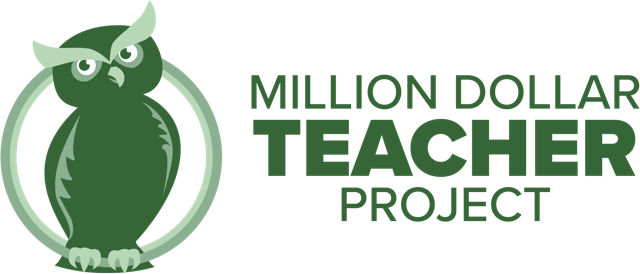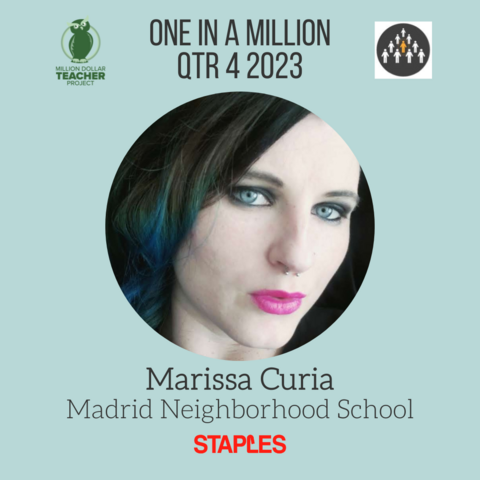Schools and businesses alike have engaged in virtual learning environments. What is one way to?
To help teachers with making a virtual learning environment more successful, we asked business leaders and HR experts this question for their best tips. From setting expectations upfront to creating the perfect learning space there are several tips that may help you make your virtual learning environment more successful.
Here are seven ways to make a virtual learning environment more successful:
- Breakout Rooms and Stimulating Discussions
- Set Expectations Upfront
- Avoid Information Overload
- Encourage Interaction
- Learning Management System
- Take Some Load Off Of the Screens
- Create the Perfect Learning Space
Breakout Rooms and Stimulating Discussions
Online schooling took a lot of us by surprise this past year. I found myself struggling to stay engaged and retain any information after looking at a computer screen for so long. That being said, live-online courses tend to be a great alternative that can continue to keep a student’s attention. Calling upon students for answers, or putting students in breakout rooms requires the same need for attention that an in-person class would. It sounded like a lot at first, but I have found that having that semi “face-to-face” interaction is extremely helpful for not only my mental health when it comes to school but my overall learning.
Alexis Orth, Markitors
Set Expectations Upfront
One of the best ways to improve virtual learning is by setting expectations upfront. Let participants know how they will be expected to participate (e.g., “I’ll be looking for feedback or thoughts from [PERSON or GROUP]” or “I’ll be asking for 2-3 volunteers to share out their thoughts”). Setting expectations up front makes it harder for individuals to “hide” on the learning activity and keeps all involved, on their toes, and actively involved in the learning.
Ronald Kubitz, Forms+Surfaces
Avoid Information Overload
You want to present your information in manageable chunks, just like you’d in a physical classroom. Overload leads to confusion, loss of attention, and information being lost or glossed over. Another thing that’s important is giving students or trainees opportunities to practice what they’ve learned. So instead of just giving them information and then sending them on their way to see if they understand and can apply it, build in scenarios, problems, exercises, etc to help them better master the material. It’s also something that will help serve as a refresher for material that was covered to help reinforce it and improve retention. The last tip I will mention is to make learning fun not boring!
Ronald Auerbach, Job Search Expert and Career Coach
Encourage Interaction
Be creative in your ideas to get the attention of your participants. Remember that learning is not only about acquiring knowledge and meticulously going through each section of the material. It’s also about sharing experience, engaging in discussions, and being an integral part of a group. How about playing an online game together or scheduling an interactive workshop with some coffee break in between? Also, ask for feedback and be open to applying students’ ideas. That way, students will feel more involved in their learning process and are more likely to contribute.
Dorota Lysienia, LiveCareer
Learning Management System
We utilize a Learning Management System (LMS) for both paying students as well as employee training and the biggest asset we’ve added is a comprehensive knowledge base. We started building it based on questions we were receiving from both parties and it’s slowly becoming a great resource to show how to use part of the system, how to engage with a feature, and where to find more information. It’s also great as a resource library that we can link to from within the courses in order to demonstrate related content that might fall outside of a current lesson.
Quincy Smith, TEFL Hero
Take Some Load Off Of the Screens
Start by avoiding the most serious problem: “Zoom fatigue.” It is tiring to be on video for long periods of time. The solution is to use a variety of techniques: self-study, quizzes and phone calls rather than simply relying on video calls. On a daily basis, I study several skills (French language learning and business) in a virtual format but I also use a paper notebook to take notes to deepen the learning experience.
Bruce Harpham, Technology Marketing Consultant
Create the Perfect Learning Space
For virtual learning, try to create a quiet, dedicated space with no (or few) interruptions so that you can concentrate. An L-shaped workstation works well for this, with your computer in front of you and other screens, reference materials or tools for note-taking to the left or right section. If you will be on camera, you’ll want to ensure that you have adequate and even lighting so that you can be seen clearly. Select comfortable seating and take advantage of the opportunity to get up or move a bit, especially when you’re spending more than an hour or two in your learning activity.
Colleen McManus, Senior HR Executive and Consultant
Terkel creates community-driven content featuring expert insights. Sign up at terkel.io to answer questions and get published.








